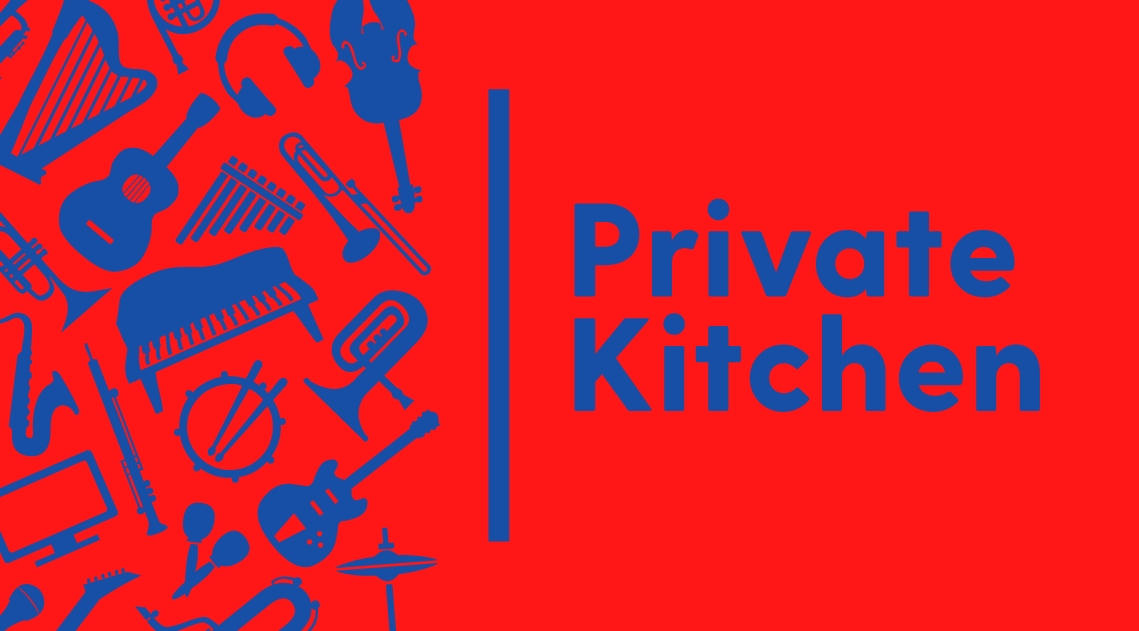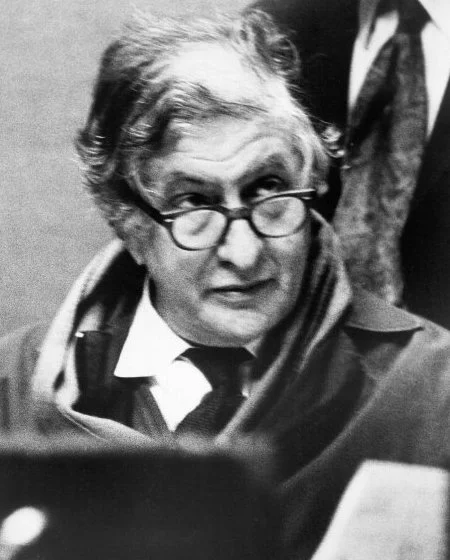A review of Bernard Herrmann: Film Music and Narrative
Bernard Herrmann: Film Music and Narrative
Ask any contemporary film composer who the most influential film composer is, and nine out of ten will say Bernard Herrmann. He was the very first one who realized that a musical structure can easily conflict with the cinematic flow, which led him to start working with short musical cells which he could repeat at will and in all kinds of variations:
“One of the most significant features of Bernard Herrmann’s film music is its avoidance of extended melody, a characteristic which, as has been shown, radically challenged the richly melodic style that prevailed in Hollywood when Herrmann arrived there in 1940. Instead of the extended melody, Herrmann favored a small cluster of notes as a structural unit, a musical phrase lasting perhaps only two measures or even two or three notes. […] It is an ingenious solution to the problem of finding a structural element suited to the fragmentary nature of the image and dialogue tracks.”
This kind of material allowed him to play around dialogue or other sounds, where the use of melodies could easily conflict with dialogue or sound effects.
Herrmann was also one of the first composers who was aware of the impact of sound, of the orchestral color. Everybody knows the string orchestra used in Psycho, or the use of Moog synths in Brian De Palma’s Sisters, the weird jazz ensemble in Martin Scorsese’s Taxi Driver, to name a few:
“Herrmann felt that to make a rule of the standard symphony orchestra regardless of the demands of the particular narrative was inflexible. […] The fashions in film music scoring of the sixties aside, the unused Torn Curtain music, even in the context of the symphonic score, offers an extreme example not only of Herrmann’s rejection of melody, but of what is of principal concern here, his choice of unusual instrumental forces. The orchestra Herrmann used consisted of 12 flutes, 16 horns, 9 trombones, 2 tubas, 2 sets of timpani, 8 cellos and 8 basses.”
Due to the fact that Herrmann’s approaches are fundamental, they continue to be valid for contemporary film composers – no matter what style or genre they apply in their music. And that’s probably also one of the reasons why Herrmann is considered to be the most influential film composer of all time.
If you're interested to learn more about his music, there’s a lot of material available on the internet. You might start at The Bernard Herrmann Society[1], or watch the excellent documentary Music For The Movies – Bernard Herrmann[2] (also available on Vimeo[3]). There is also the biography by Steven C. Smith: A heart at Fire’s Center – The Life and Music of Bernard Herrmann[4]. The two quotes in this text are from a book called Bernard Herrmann: Film Music and Narrative, a revision of a PhD thesis by Graham Donald Bruce (1985). The book is definitely of interest to contemporary film composers, because it covers the topics described above using, among other things, score examples from Herrmann’s music. It was part of a series called Studies in Cinema by the University of Michigan (UMI Research Press). The only problem? It’s hard to find these days, so a deep search on the internet might be required...
[1] http://www.bernardherrmann.org/
[2] https://www.amazon.com/Music-Movies-Bernard-Herrmann/dp/B000TJ0SB8
[3] https://vimeo.com/258686521
[4] https://www.bol.com/nl/nl/f/a-heart-at-fire-s-center/30222485/
Bernard Hermann - Biography
Bernard Herrmann (1911–1975) was an American composer and conductor best known for his work in composing for films. He is widely regarded as one of the greatest film composers. An Academy Award-winner, Herrmann mainly is known for his collaborations with director Alfred Hitchcock, most famously Psycho, North by Northwest, The Man Who Knew Too Much and Vertigo. He also composed scores for many other famous films, including Citizen Kane (director Orson Welles), Sisters and Obsession (director Brian de Palma) and Taxi Driver (director Martin Scorcese).




